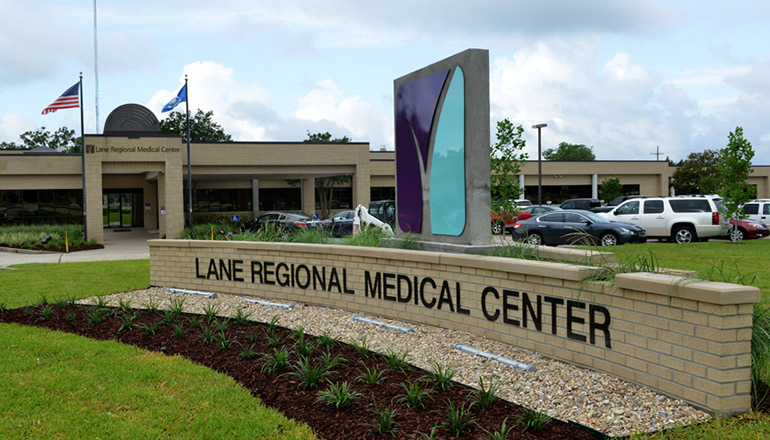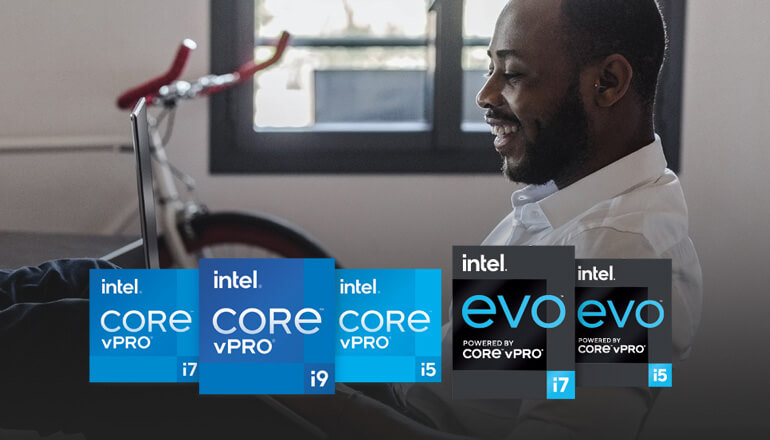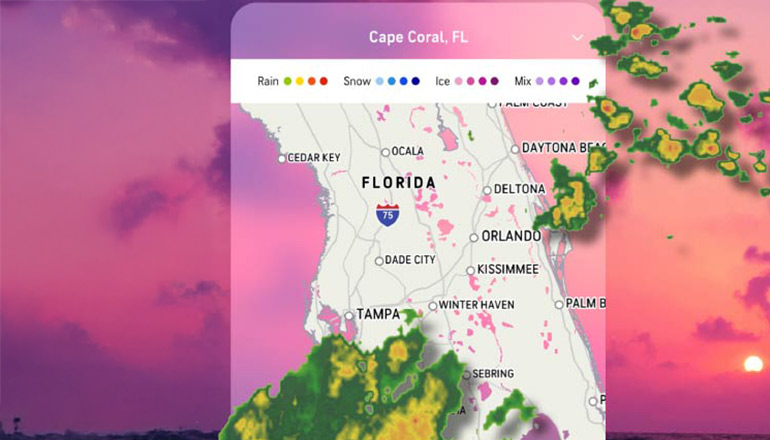Figure 1 shows the potential growth of the self-driving vehicle revolution from 2015 to 2050. Era 1, spanning 2015 to 2020, is when fully autonomous vehicles are being developed for consumers. Era 2, 2020 to about 2035, ushers in consumer adoption of autonomous vehicles. In Era 3, approximately 2035 to 2050, autonomous vehicles become the primary means of transportation.
Driverless cars and commuting services could become such disruptive technology that the day and fare of the cabby would seemingly come to an end. Big names such as General Motors (GM) are investing large amounts of money in the future of driverless ride-sharing services, with GM recently investing $500 million in Lyft’s program.
Certainly, some milestones need to be reached before self-driving cars really take off. But they’re on the horizon and within grasp over the next 10 years. Would any of us really complain if we had the ability to snatch an extra 10 or 20 minutes of sleep on the way to work or get caught up on the news while eradicating the stress of the morning haul?
Trend #2: Cloud computing services
Easily the most disruptive technology of our time, cloud computing has successfully made downloading software from disks obsolete — we now just download it from the web or even use it online without downloading at all. The cloud has also changed the ways we access the internet, use programs, store and share files, and manage day-to-day business operations. We’ve identified popular cloud computing trends in a previous article. Combined, they’ll become a driving force for IT disruption now and well into the future.
Businesses already have access to the public mega cloud, such as Amazon Web Services. And adoption rates are higher than just about anything ever seen in computing before. Unsurprisingly, cloud spending is set to reach $266 billion in 2021, representing a compound annual growth rate of 21% over a five-year span, according to IDC.
Thanks to the cloud, some of the most popular computer programs, such as those offered by Adobe, Microsoft and Symantec, are now available on a pay-as-you-go basis at a low monthly rate, with no contracts. Endless amounts of other services — ranging from accounting to consulting, big data and more — are also readily available to businesses of all sizes via cloud subscriptions.
In essence, the advent of the cloud and its disruption of technology can be aptly compared to the crater that was created by the asteroid that took out the dinosaurs. It’s really had that big of an impact on technology. With Everything as a Service (XaaS) quickly becoming the new standard, there’s no turning back.











